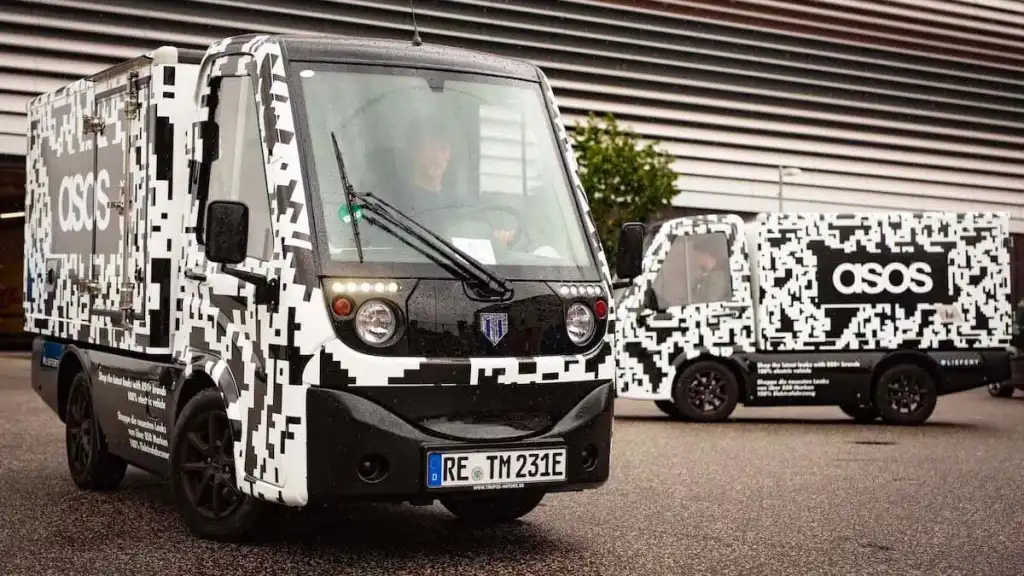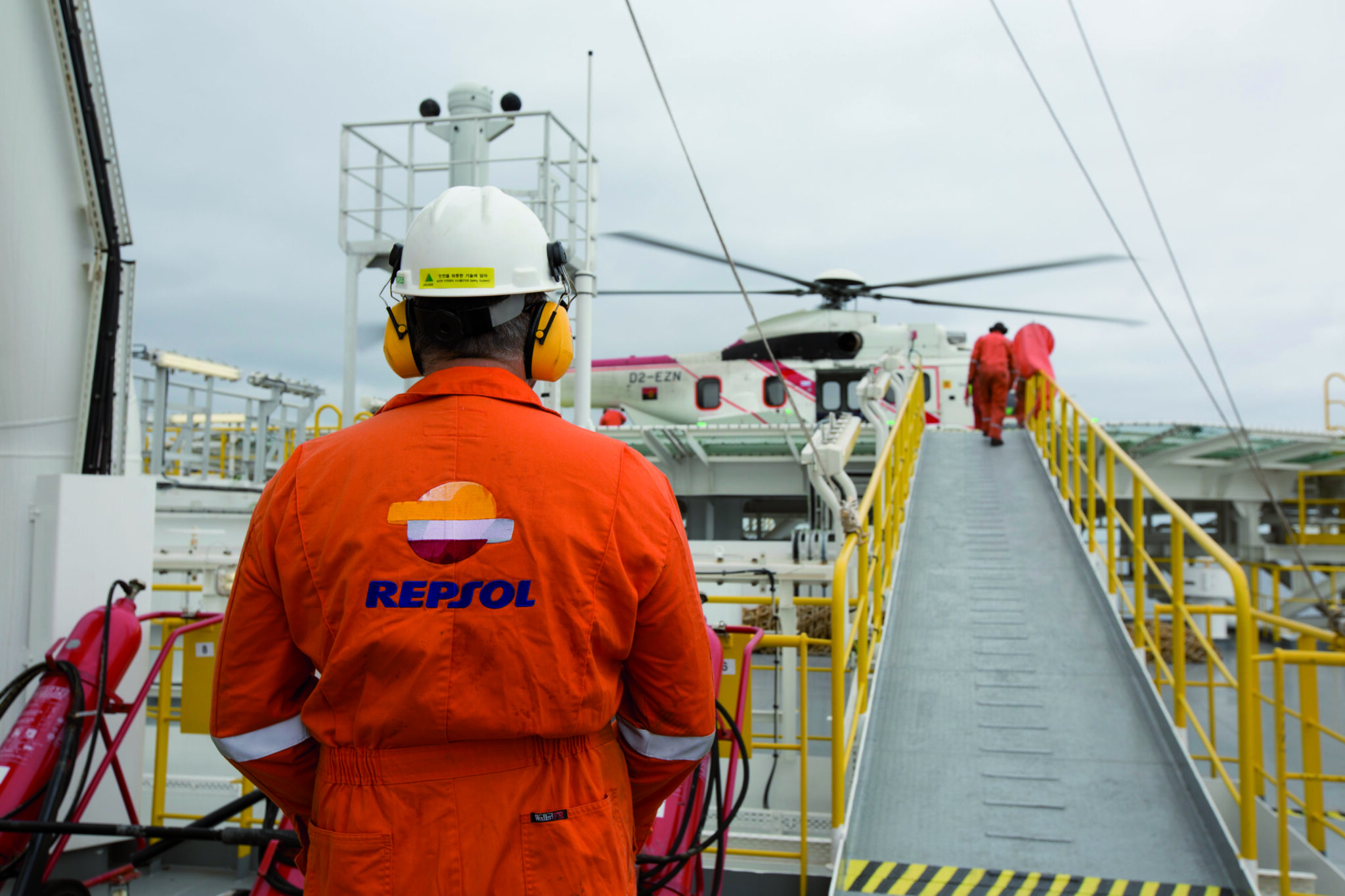Peter MacLeod reports from IFS Unleashed, the software giant’s biennial partner summit in Orlando, where AI and sustainability dominated the conversations.
Taking place in Orlando, Florida, IFS Unleashed is billed as a premier event for IFS partners and customers to connect and exchange insights based mainly on the use of AI in the industrial ecosystem. It’s impossible to attend a two-day conference with multiple sessions starting at breakfast and running through to each evening and then constrain my thoughts to two pages of this esteemed organ. So, let me fly through some of the key takeaways.
CEO Mark Moffett started proceedings by describing the part AI is playing in industry and why it is important to jump on the bandwagon. He says $4tr will be added to the global economy by AI over the next 10 years, describing it as “the fourth industrial revolution”. He adds that you can either “watch it happen and wait and wonder whether it will work, or run towards it and grab the opportunity with both hands”. He threw to a specially recorded conversation between him and Microsoft CEO Satya Nadella, who described AI as “the dawn of a new computing era”.
A series of presentations covered a wide variety of AI-related topics, including how it can be embraced to manage asset lifecycle, plus a motivational talk by Peter Weill, of the MIT Sloan School of Management in which he discussed the merits of becoming a “real-time business” whereby decisions are made instantaneously using trusted data assisted, obvs, by AI tools.
Unsurprisingly, the topic of sustainability was widely addressed across the conference. We heard how embracing it as part of holistic decision-making processes leads to better outcomes, but that the acceleration towards net zero is stuttering. Instead of pushing back against compliance, Deliotte’s John O’Brien urged businesses to not waste all that work just on compliance, but to use it as a competitive advantage, especially for those businesses targeting younger consumers. Oh, and the one and only Usain Bolt spoke eloquently for an hour about his life, career and post-sprinting activities. All fascinating stuff, and recorded for posterity on the High Performance podcast.
AI & Supply Chain
With so much activity happening on-stage and in the various breakouts during IFS Unleashed, I was ushered into a quiet corner with Christian Pedersen, IFS Chief Product Officer, to help distil some of the information being shared across the event. I wanted to explore more about what IFS is doing in transport and logistics and how businesses can start to embrace AI to stay competitive.
Logistics Business (LB): How does IFS define supply chain?
Christian Pederson (CP): We refer to it as supply chain rather than logistics, and it really is the heart of most of the solution we provide. For the manufacturer, warehousing and logistics are critical, especially for large, high volume businesses for whom shipment and logistics is super-critical. So, from our perspective our logistics solution is both for manufacturers and for service providers.
LB: How can IFS help a business to take emission control into account during procurement?
CP: We integrate emission characteristics into our procurement process, allowing for supplier evaluations based on carbon footprints. This is done through software like Climatic, which helps track emissions whether you’re producing or shipping tyres or clothes. You can actually affect the type of footprint that they have.
LB: What role does AI play in transportation and logistics?
CP: We focus on optimising loading processes to ensure trucks are as full as possible. This reduces the carbon footprint by minimising empty trips, which is of course also crucial for operational efficiency. AI is integral in improving market approaches for businesses with extensive transport operations. For example, our demand planning solution uses advanced algorithms, including Google’s time-series forecast models, to enhance forecast accuracy and optimise fleet needs.
LB: Can you explain the benefits of these AI forecasts?
CP: AI can lead to significant improvements – an 8% increase in forecast accuracy, which translates to an 11% reduction in safety stock while maintaining the same service levels. This not only cuts costs but also reduces emissions, giving companies a competitive advantage.
LB: What advice would you give to a logistics business which is hesitant to adopt AI?
CP: I’d say, “Think big, but start small.” It’s essential to make AI understandable and explainable to build trust. We talk about explainable AI, meaning what is this AI model actually doing? There is always a risk of feeling that the AI is doing something I don’t understand – that the AI is a black box and something is happening in it and I don’t trust the black box because I can’t see what’s in it. We try to do specific AI capabilities that are understandable and explainable.
LB: It’s is not something you can just switch on, so how can businesses gradually embrace AI?
CP: We have what can be described as a smorgasbord with different AI elements. You don’t have to take the whole meal – maybe you’ll start with the dessert. We try to explain to customers to start with smaller, manageable projects, like automating specific tasks, before scaling up. This approach allows them to appreciate the benefits without feeling overwhelmed.
Leveraging Advanced Technology
Grabbing 15 minutes with senior IFS personnel at Unleashed was a challenge, given how many customers were also seeking their time. However, I was fortunate to be able to divert Max Roberts, the COO of IFS, away from the main event for a few minutes to discuss leveraging advanced technology to improve asset management, enhance decision-making, and drive operational efficiency.
LB: What industries do you focus on, and how does technology play a role in them?
Max Roberts (MR): We work with various asset-intensive industries, particularly transportation, manufacturing, and utilities. Technology is crucial in managing assets, enabling predictive maintenance, and ensuring that operations run smoothly, as downtime can have a significant impact. I think what we have is completely relevant for transportation. The digital thread connecting project management, asset lifecycle management, and then the service of that asset is quite unique to us. We do that thread better than anybody else. It allows for a seamless flow of information, ensuring that organisations can manage their assets more effectively throughout their lifecycle.
LB: How important is dynamic planning in these industries?
MR: It’s incredibly important. If an organisation can adapt its capital investment plans dynamically, the flexibility it gains will help it respond to changing conditions and optimise resource allocation effectively. If you look at a fleet of trucks, for example, and think about the maintenance cycles of those, and whether you’re going to buy 10 more diesels or five more hybrids… That’s where tools like Copperleaf can really empower you to make a logical decision. You’ve got a track record of it, and can say you made this decision because this is what we balanced and these were our strategic objectives. Regulated industries love this technology, because they can see the decision making process and the logic. But that logic is just good business.
LB: What role does environmental responsibility play in your work?
MR: Reducing carbon footprints is becoming a priority for many companies. Our technology helps organisations align with ESG goals, allowing them to track and improve their environmental impact. With our modules and the focus that give to that, you are able to see the tangible costs of making a decision, or embracing a regulation, or process, or making a change in the business model. It requires us to move investment cycles, but the return is clear and that’s really impactful, especially when managing huge capital investments and projects.
LB: How do you address concerns about integrating AI into the workforce?
MR: History shows that technological advancements often lead to higher-value job opportunities, even if there’s initial resistance. It’s crucial to communicate the benefits of AI and how it can enhance the working environment. I remember there was a lot of concern a few years ago when we were talking about IoT and how an earlier version of AI was going to disrupt and change the job market. Twenty years before that, the concerns were the same, but the technologies have been adopted and moved on. Moving people up scale is a good thing, but it takes time to get there.
LB: Can you give an example of AI technology improving operational efficiency?
MR: In logistics, we optimise fleet maintenance by scheduling around electric vehicle charging capabilities. This not only improves efficiency but also helps organisations make informed decisions about their fleet investments. A lot of large organisations are probably ignoring at the moment the fact that there’s a massive cost for the time vehicles spend charging. So scheduling routes around where you stop and charge is a big part of what we can do for those large fleets. At the bigger picture level, we help select a technology before you buy that new fleet of trucks, for example looking at the positive impacts of the decision from an environmental perspective versus the cost.
LB: What do you see as the future for AI in asset-intensive industries?
MR: I believe the future will see even greater integration of advanced technologies, allowing for better asset management, enhanced decision-making, and improved operational efficiency across various sectors.
You’ll be glad to hear I wasn’t just sitting in a conference room for two solid days; an excellent exhibition by some of IFS’s partners was a welcome opportunity to see how AI technology is being applied across multiple sectors. And, more importantly, I had a personalised baseball cap stitched for me and I got to see close-up just how ugly today’s IndyCars have become. You may also be interested to hear that your editor’s week was ruined by an ill-fated decision to ride on the Jurassic World VelociCoaster, an experience that served to remind me I broke a promise I made to never go near such a ride after a similar stomach-emptying experience at the Great Yarmouth Pleasure Beach in 1974. Maybe one day, AI will spare me from such horrors!
similar news
IFS releases Autumn update of IFS Cloud















